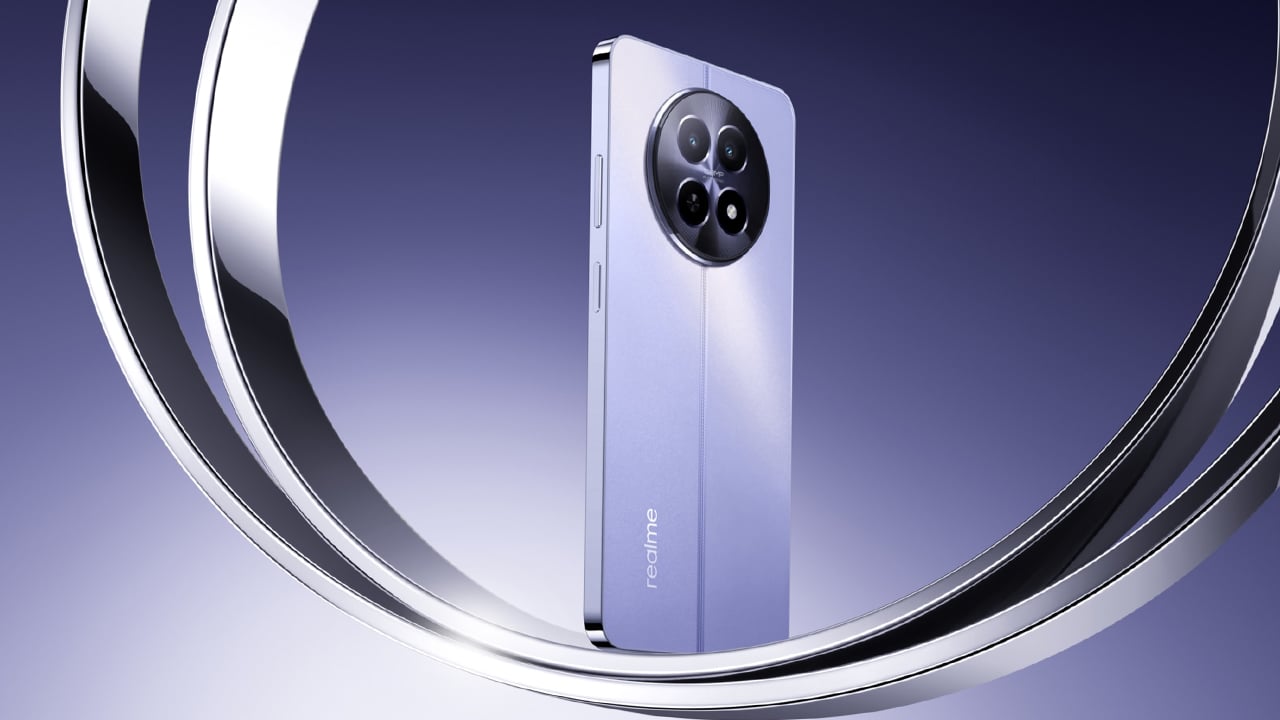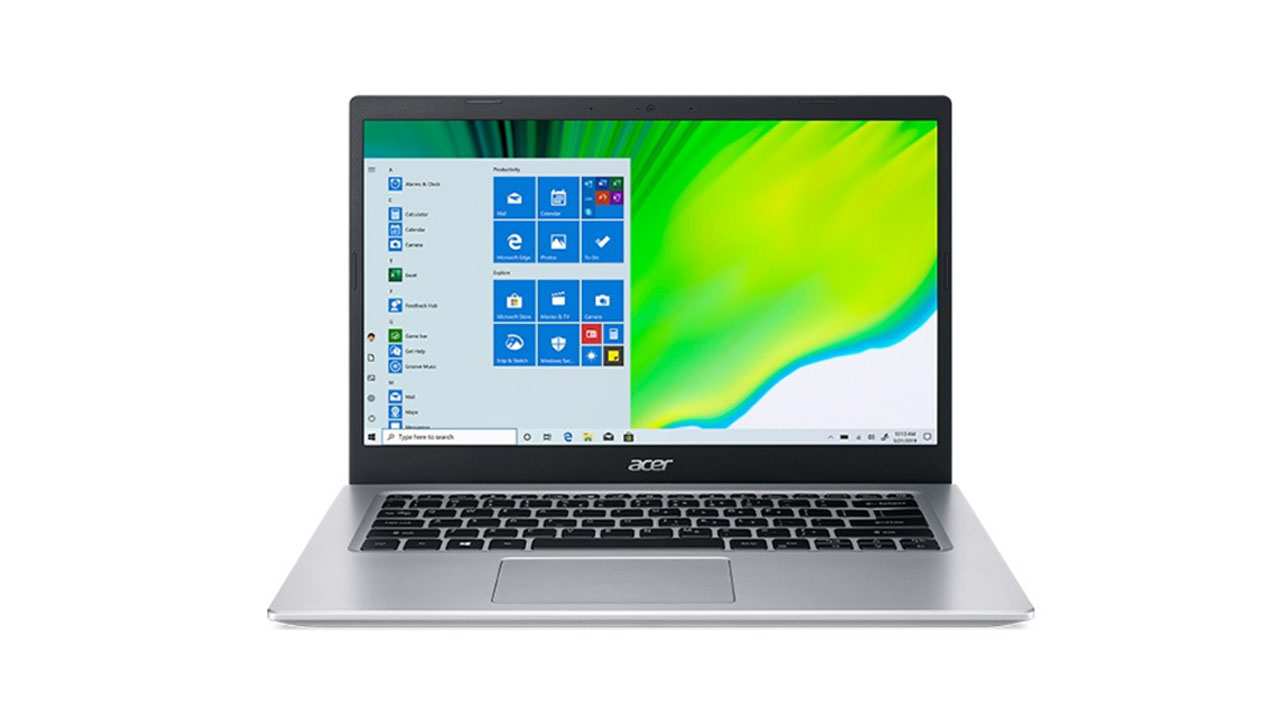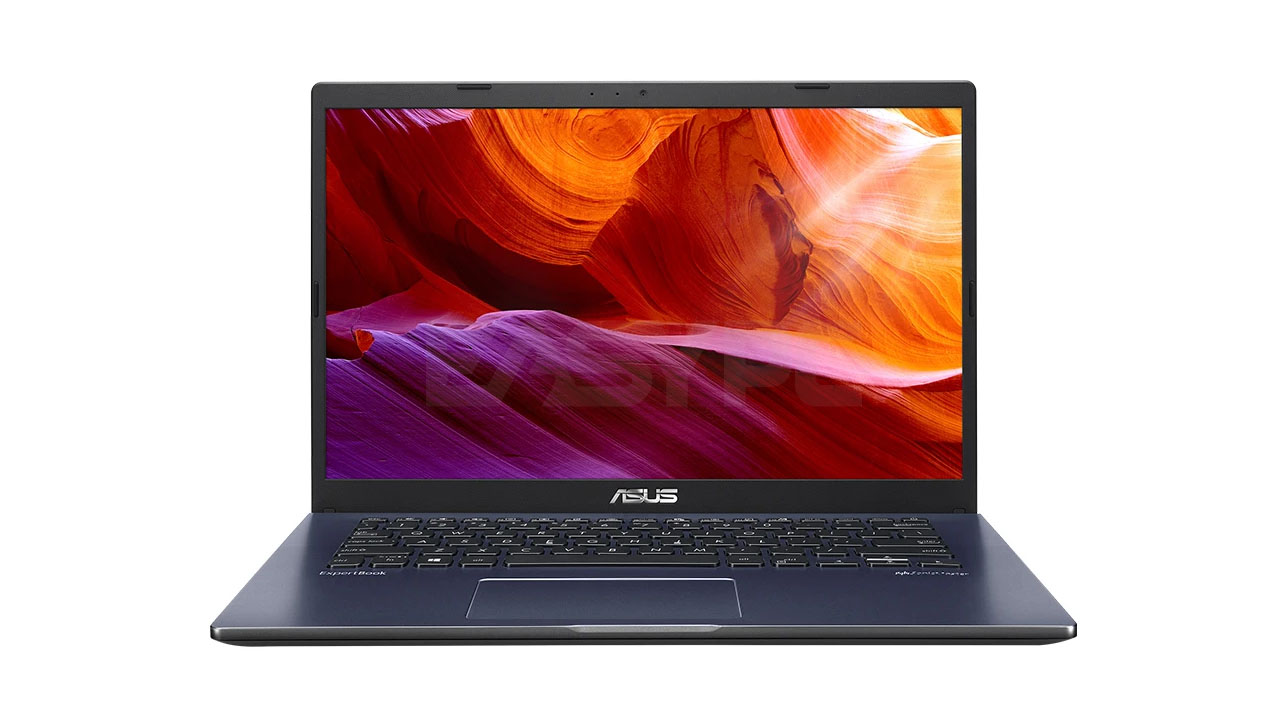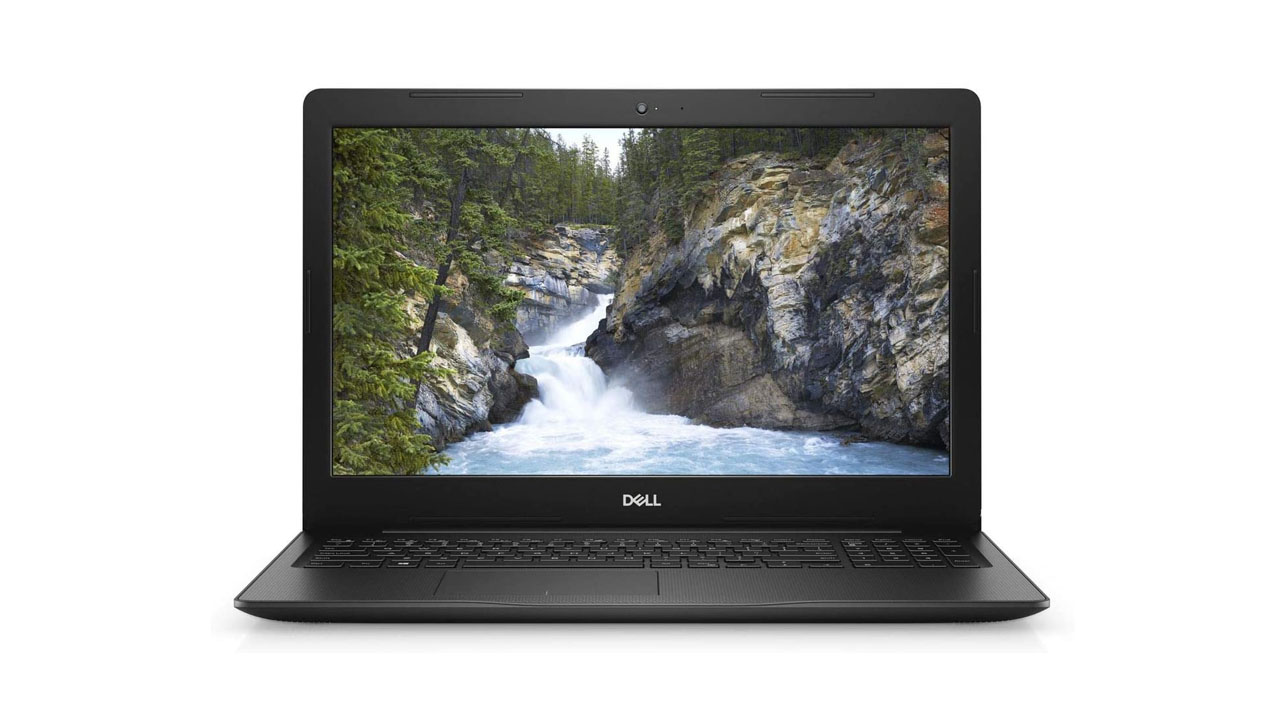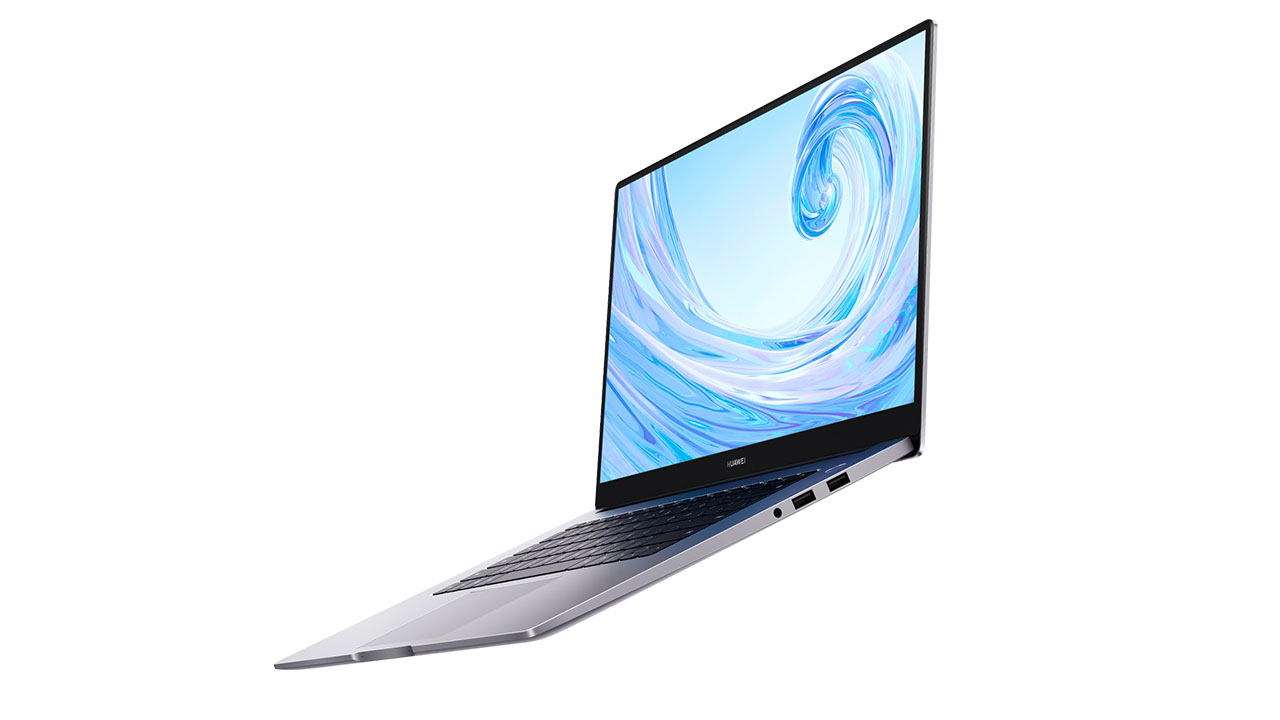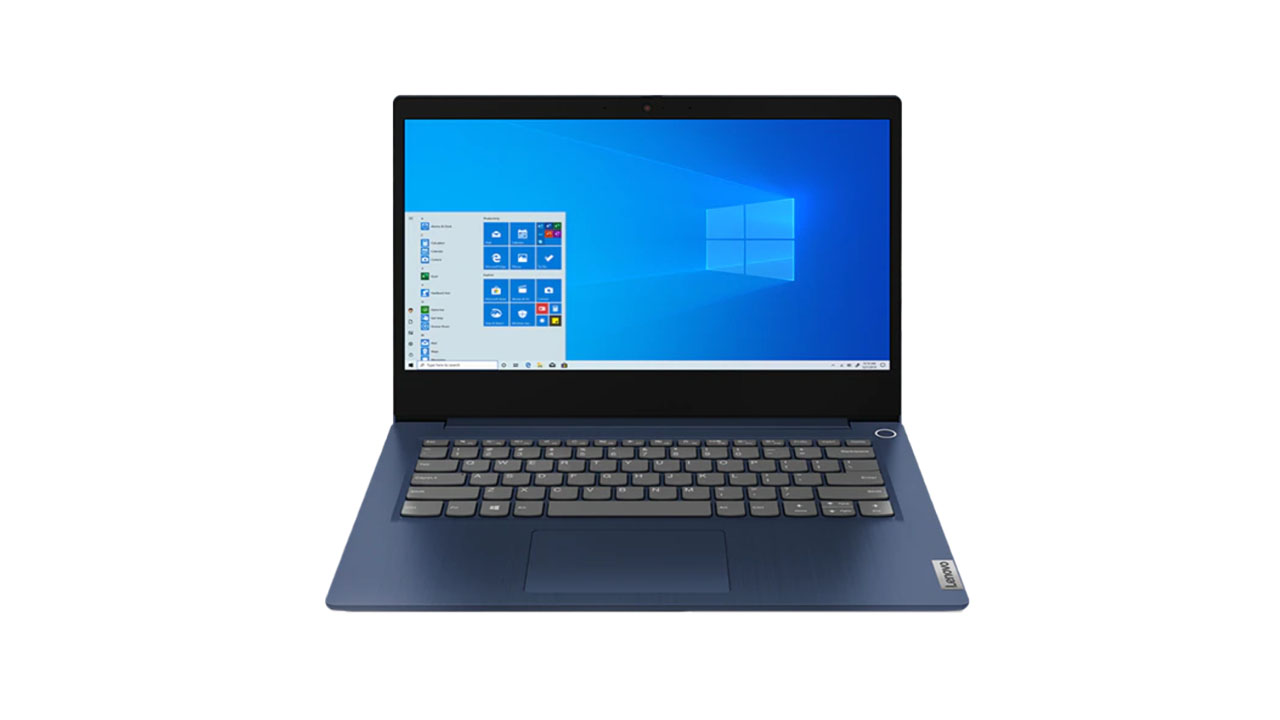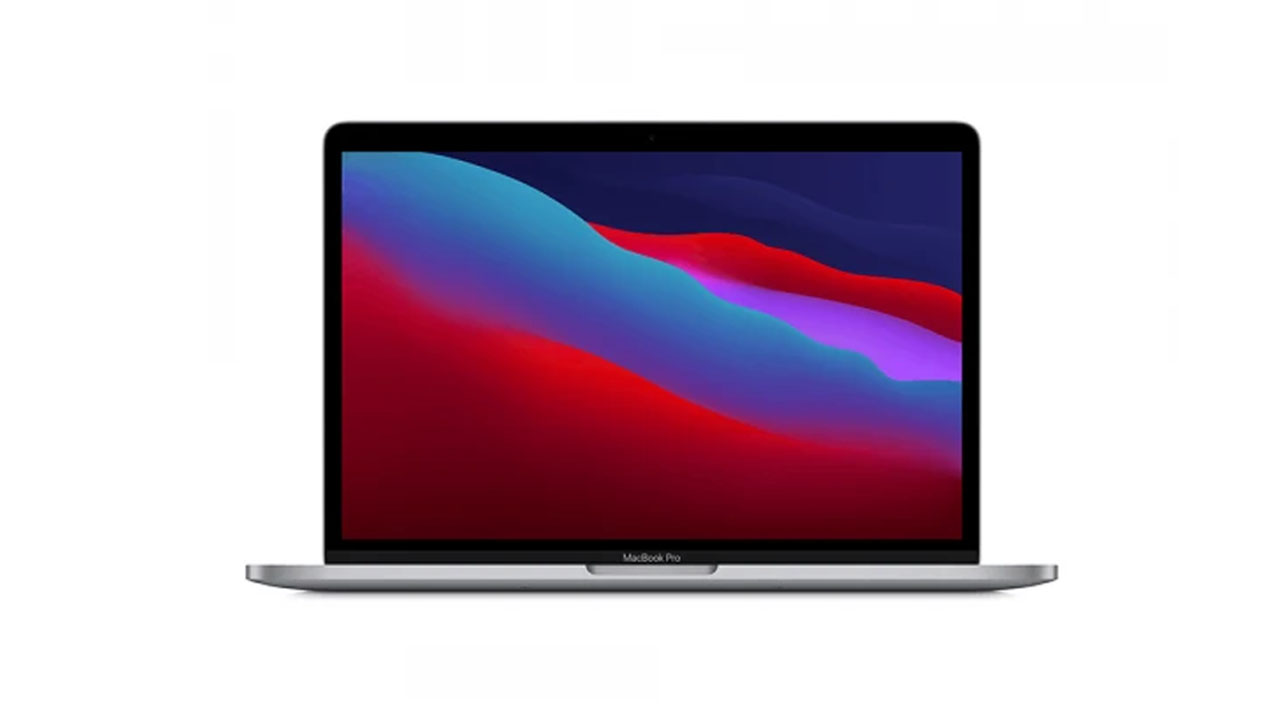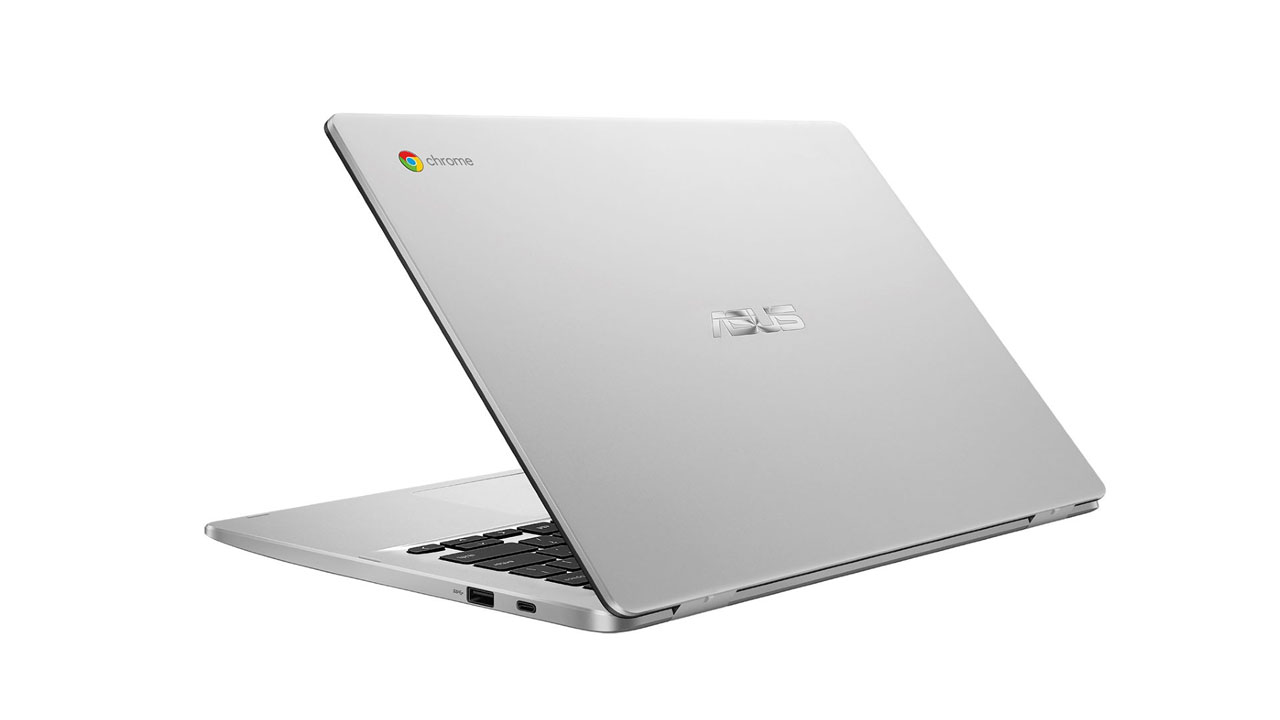OPPO has launched two additions to its Reno family — the OPPO Reno 4 and OPPO Reno 4 Pro. Currently only available in its home country, China, these two new devices are the follow-up to last year’s Reno 3 and Reno 3 Pro.
Interestingly enough, both the new Reno 4 and Reno 4 Pro carry the same octa-core Snapdragon 765G processor found on its predecessors. But if it’s anything like the Reno 3 and Reno 3 Pro during its launch, the global release of these 5G-enabled devices may end up carrying different specs altogether.
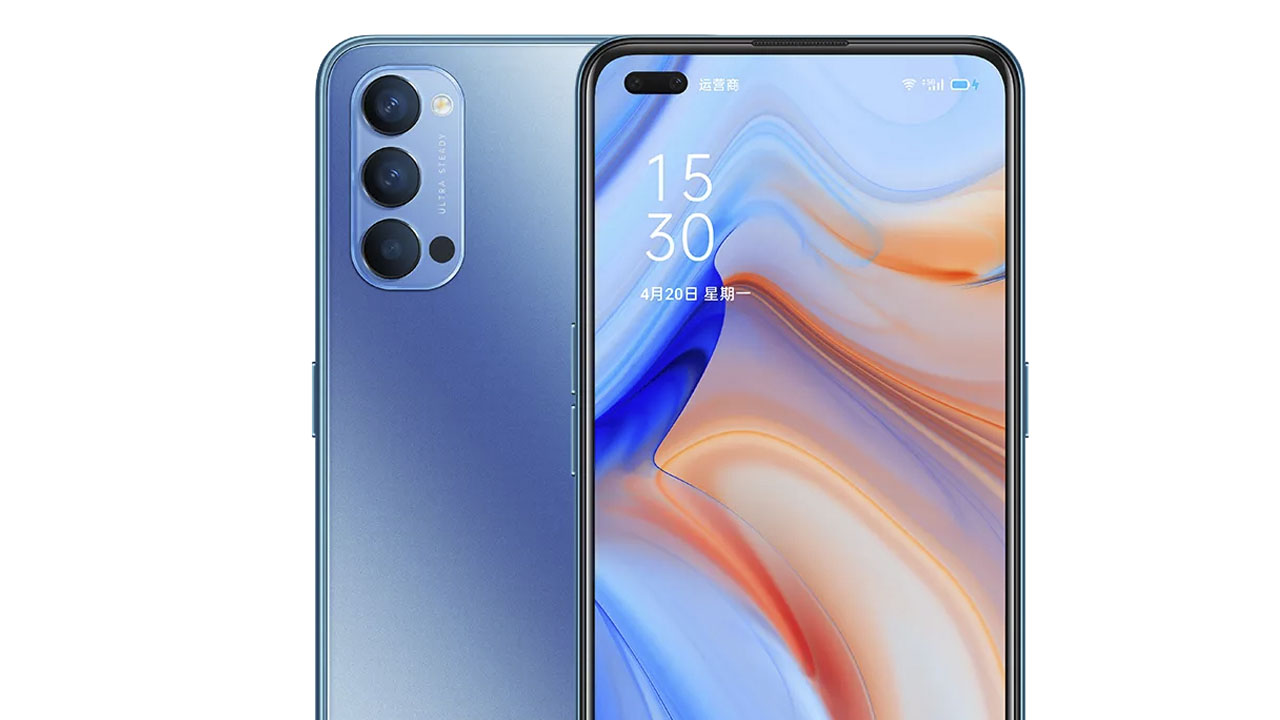
The more affordable Reno 4 will come in two variants that offer either 128GB or 256GB of internal storage, both coupled with 8GB of RAM. It houses a 6.4-inch screen with a dual-hole punch housing its front cameras. The Reno 4 Pro, on the other hand, will carry a slightly bigger 6.5-inch curved screen that supports a 90Hz refresh rate as well as HDR10+. Unlike its sibling, the Pro variant will not be carrying dual front cameras and will, instead, have just one selfie camera and a single hole-punch display. It will also come with either 8GB RAM and 128GB of storage or 12GB RAM and 256GB of storage. Both variants will carry AMOLED displays with under-display fingerprint scanners.
One of the main differences between the two variants lies in their camera specs. The Reno 4 and Reno 4 Pro both carry cameras that are optimized for video and content creation. For its rear setup, the Reno 4 boasts of triple camera system compromised of a 48-megapixel main, 8-megapixel ultra-wide-angle, and 2-megapixel monochrome camera. Around the front, the Reno 4’s dual selfie cameras are made up of a 32-megapixel shooter and a 2-megapixel depth sensor.

The Reno 4 Pro has an upgraded system consisting of a 48-megapixel camera with optical image stabilization (OIS), 12-megapixel ultra-wide-angle and night scene camera, and a 13-megapixel telephoto with up to 20x digital zoom. Both the main camera and secondary ultra-wide-angle camera carry Sony’s flagship sensor. For selfies, the Reno 4 Pro carries a single 32-megapixel front-facing camera.
OPPO has also loaded both cameras with a host of video-centric features to further improve its imaging experience. Some of these include Ultra Night Video to achieve better low light images, Ultra Steady Video 3.0 that makes movement smoother, and Live HDR video to get a wider dynamic range for each shot. With these features plus the phone’s hardware, the 4 Pro can be an additional tool for mobile videographers.
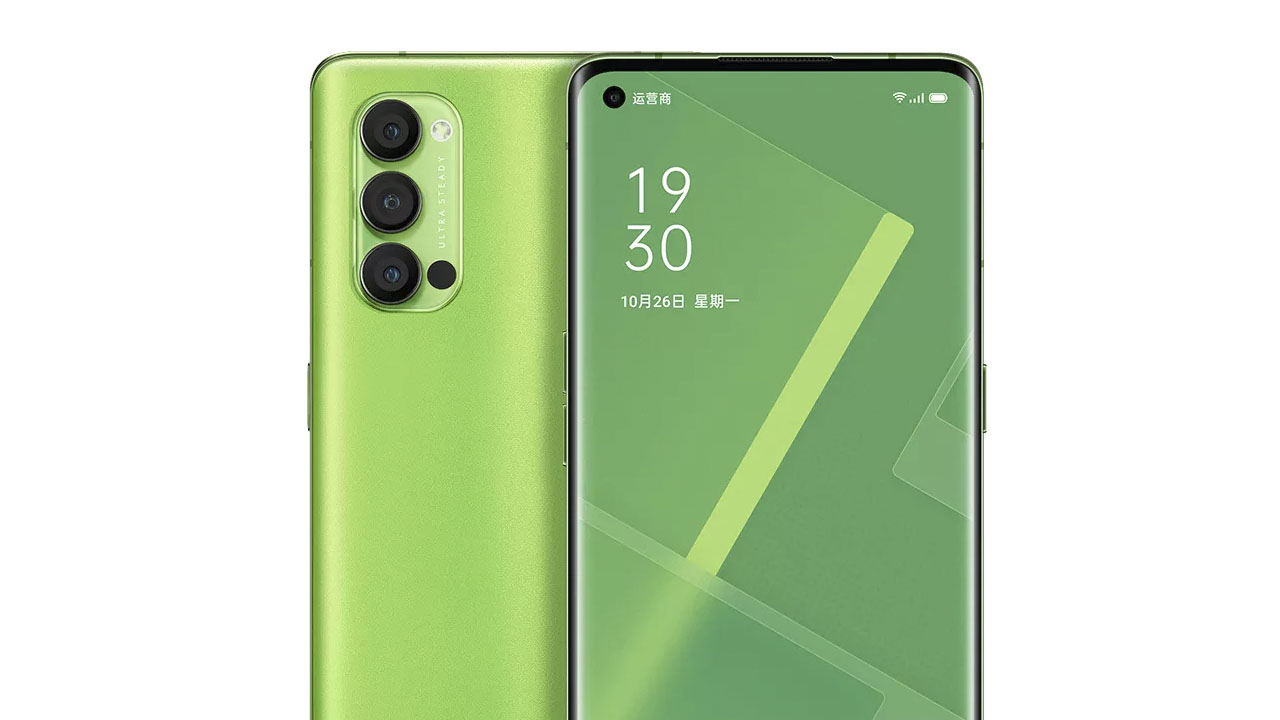
Both models carry almost similar battery capacity with the Reno 4 packing a 4000mAh battery and the Reno 4 Pro with 4020mAh. They both support 65W SuperVOOC 2.0 fast charging that can charge from zero to 60% in just 15 minutes. A full charge will supposedly require just a mere 36 minutes.
Debuting exclusively on the Reno 4 Pro is OPPO’s new “Reno Glow” finish on the rear. With this, the company says that the phone’s back will be completely fingerprint-free and wear-resistant compared to ordinary glass backs.
Both phones will ship with ColorOS 7.2 pre-installed. Additionally, a special Green Glitter Special Edition variant will be available for the Reno 4 Pro.

The OPPO Reno 4 series is currently available only in China starting June 12. The Reno 4 is priced at CNY 2,999 (approx. PhP 21,140 or US$ 424) and CNY 3,299 (approx. PhP 23,254 or US$ 466) for the 8GB + 128GB variant and the 8GB + 256GB variant, respectively.
The OPPO Reno 4 Pro is priced at CNY 3,799 (approx. PhP 26,779 or US$ 537) for the 8GB + 128GB variant while the 12GB + 256GB variant is priced at CNY 4,299 (approx. PhP 30,307 or US$ 608)


